Rules for planting and growing grapes in the Urals
Grapes have always been considered a southern and capricious culture, with a long growing period: to get tasty and juicy berries, you need a lot of sun and heat. But today the situation has changed: new varieties and experienced gardeners have appeared who are ready to grow grapes in the Urals. The climate here is not so extreme - it is quite possible to get a harvest of tasty and healthy berries.
Grapes in the Urals
The Urals include two climatic zones - temperate and subarctic. And if in the winter in the Southern Urals it is minus 16, then in the Polar region it is minus 24 degrees. The summer period is short, and how it will be is difficult to predict in advance: rainy, dry, cold, hot?
This is an area of risky farming, where a good harvest can be obtained by fulfilling the necessary agronomic requirements and taking proper care of the delicate grapes. After all, we are planning to get the southern berry in the open field.
The cultivation of grapes in the Ural regions depends not only on properly performed agrotechnical techniques, but also on the choice of the variety. There are two basic requirements for them: they must be zoned (adapted to the climatic zone) and have increased winter hardiness.
Important!
You need to know the difference between frost hardiness and winter hardiness, because many believe that they are one and the same. Frost resistance - the ability to endure short-term frosts. Winter hardiness - the ability to survive in winter at low temperatures.
By the ripening time for the Urals, early grape varieties are used (90-110 days):
In memory of Dombrovskaya, in memory of Shatilov, early pink Muscat, Samokhvalovich.
Medium early varieties are also suitable: Aleshenkin (or Alyosha), Negritenok, Lydia, White Muscat Shatilova.
Most of them are winter-hardy, but with little snow or frosty winters, shelter is required so that the soil does not freeze. The berries are fragrant, tasty, of different shades, large bunches. Correctly selected varieties are successfully cultivated in the Urals.
Landing rules
We reserve cuttings for planting in advance. You need to get them already in February, so that there is time for germination and the opportunity to get healthy planting material. In addition, you need to decide on the number of seedlings and the planting site.
The site for the vine is chosen from the south side, that is, the sun should not leave the site during the day. The soil is also important: loose and nutritious. We plant the plants in the second half of June, when the temperature in the soil will be +15 degrees and sudden frosts are no longer terrible.
The phased landing will look like this.
- We dig a hole 1 m wide and deep. If you plan to plant in a trench, then the dimensions should be the same. We place the trench in a southern direction.
Tip The planting pit (trench) is prepared in advance, in the spring, two months before planting. To make the soil compact, the pit is watered several times. It is better to plant a young vine in trenches, so it will be more convenient to tie it up.
- Pour crushed stone or gravel at the bottom as drainage (6-8cm).
- We fill the hole with a mixture of humus and garden soil. As fertilizers, you need to use phosphorus and potash, wood ash. In such a soil, the grapes will feel comfortable.
- We place the seedling in the center of the planting pit, fill it with soil, water it with water. A young plant is planted at an angle of 45 degrees so that the root system is located in the north and the top of the plant in the south. The vine will stretch south as it grows.
- We compact the earth within the near-trunk circle. The soil in the planting hole should be 20 cm below its edge.The next year it is raised to a level with a pit and the culture is spud.
- Water regularly as soon as the soil dries up. When the seedling begins to grow, watering is stopped. 2-3 good watering is enough during the summer.
Important!
There is no pruning for the first two years. The task of the plant is to strengthen the root system and grow 2 strong shoots (weak shoots break out). An additional reserve shoot is left until autumn. One shoot must be male: for pollination.
It is possible to plant a vine in the open field in spring, but for this you need to prepare a covering material so that small seedlings do not suffer from frost. The film must sometimes be opened to ventilate the plants.
Mulch the soil under the seedling with any organic material: grass, sawdust, peat. This will prevent moisture evaporation and the formation of an earth crust.
There is a danger of crop death when planting in spring: in cold soil, the roots can rot. It is better to place the seedlings in a container and put them in a greenhouse, remembering to water them. And you can plant when the frost passes.
Advice
To make the ground warm faster, gardeners cover the soil between the seedlings with a black film. It inhibits weed growth, moisture evaporation and warms up the surface.
Features of growing grapes in the Urals
Grape care includes a number of traditional activities, while at the same time it has a number of features.
- The vine grows, "holding on" to the support, therefore, after planting in spring or early summer, trellises need to be made behind the bushes - they are pulled along the trench.
- Water it three times per season. If summer is dry, then more. Watering must be done at the root so that the soil is well saturated with moisture.
- Use of mulching material. Mulched grapes grow much better than their open field counterparts. You can plant near the bushes green manure plantswhich also have a beneficial effect on the development of the vine.
- Fertilizers applied to the planting pit are sufficient for 2-3 years. Then you need to use top dressing: root and foliar.
- Care includes pinching (pinching the tops of the shoots), and the formation of a plant (pruning), which require certain knowledge and skills.
- In spring and autumn prophylactic protection of grapes from fungal and bacterial diseases is carried out (Bordeaux liquid, "Fitosporin").
- In late autumn, the vine is removed from the support, laid in a shallow trench and covered with spruce branches or straw on top. This is a reliable wintering method. They remove the shelter when the snow melts. The plant is dried.
Advice
To make it easier to lay the vine, you can leave a young vine from the root to replace it, and cut out the old, 4-year-old. So not only the plant is preserved, but the bush is also rejuvenated.
To get high yields, crops need fertile soil. Therefore, feeding plays an important role. The main emphasis should be on organic fertilizers that are complex and safe.
- Rotted manure supplies the vineyard with the most important nutrients. Usually it is brought in in the fall.
- Compost made from food waste, grass, sawdust, and other organic waste is not inferior to humus. It's easy to prepare it yourself.
- Bird droppings contain elements that are quickly and easily absorbed.
- Herbal fertilizer (any grass is infused for a week - and the fertilizer is ready).
- Ash is a source of potassium, phosphorus, trace elements. It is used for planting, applied at the root, used as foliar feeding.
Private gardeners mainly use only organic fertilizers, because chemical fertilizers inevitably enter the plant, and then into the body.
Planting and caring for grapes in the Urals involves many features and subtleties that are available to experienced gardeners. But it is quite possible to grow crops in this region. The result is beautiful, juicy bunches of grapes on your table.

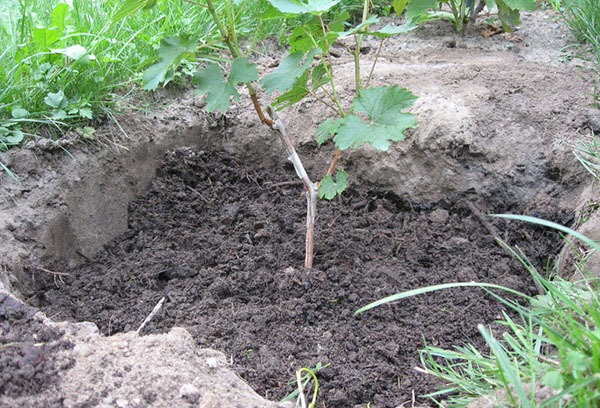
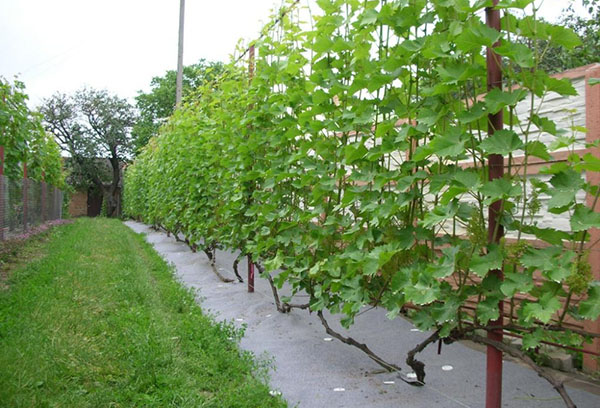
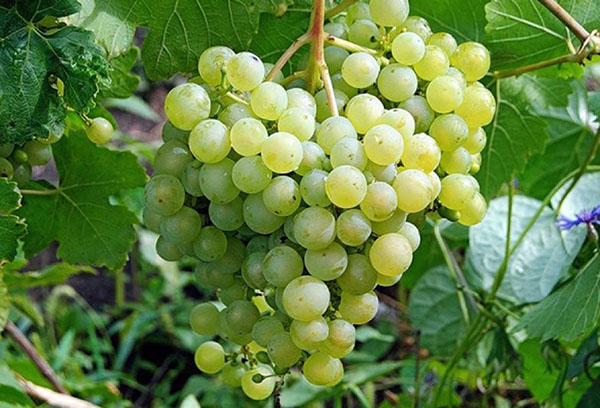

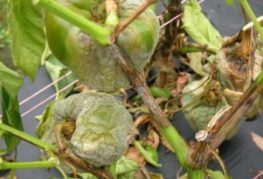
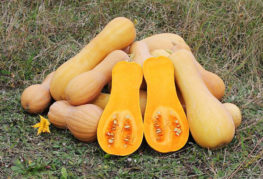
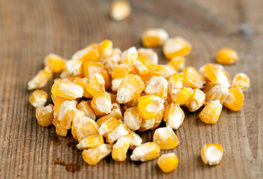

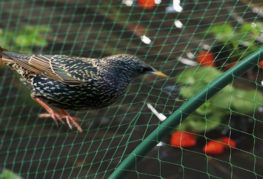
and will be published shortly.